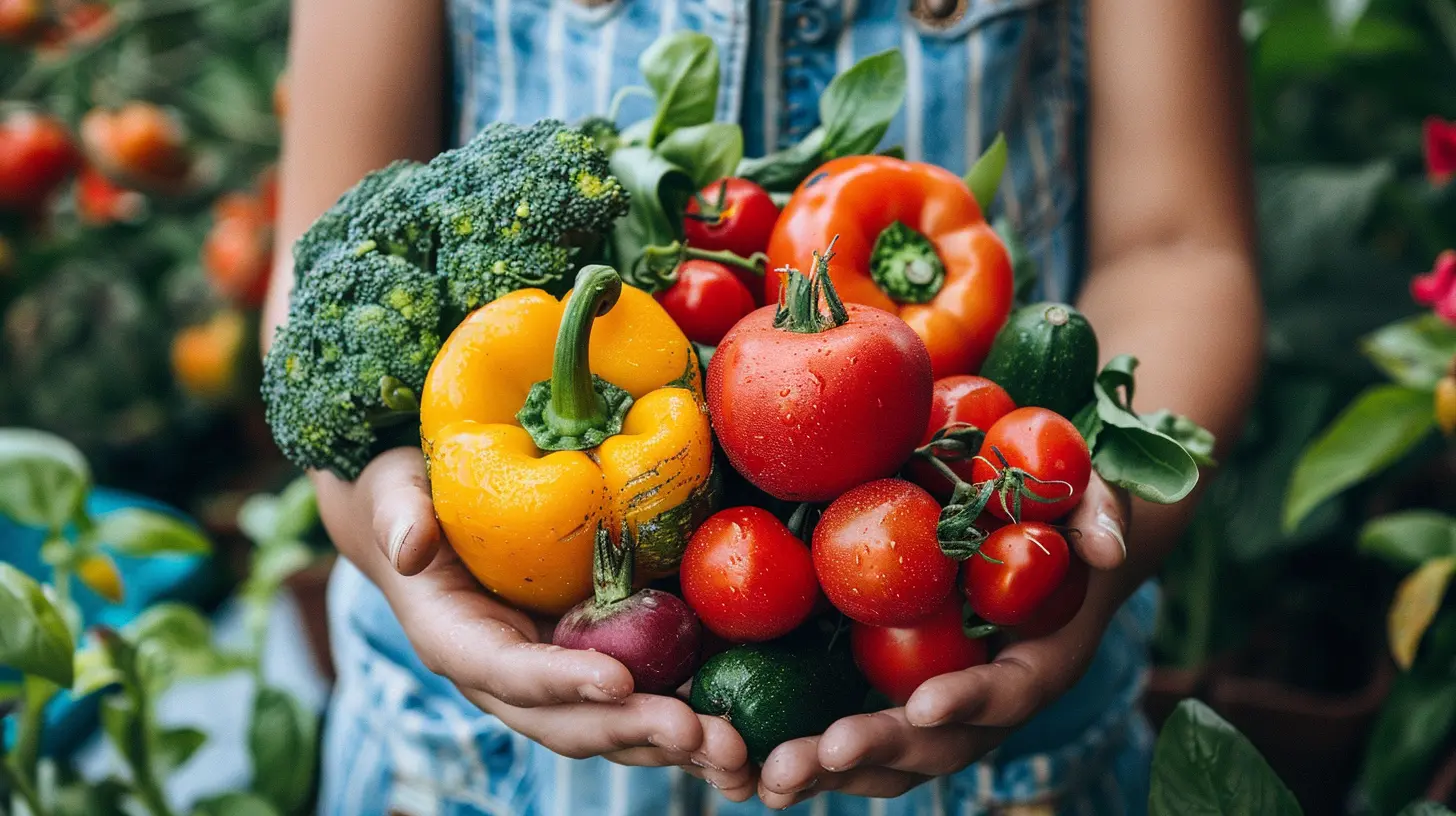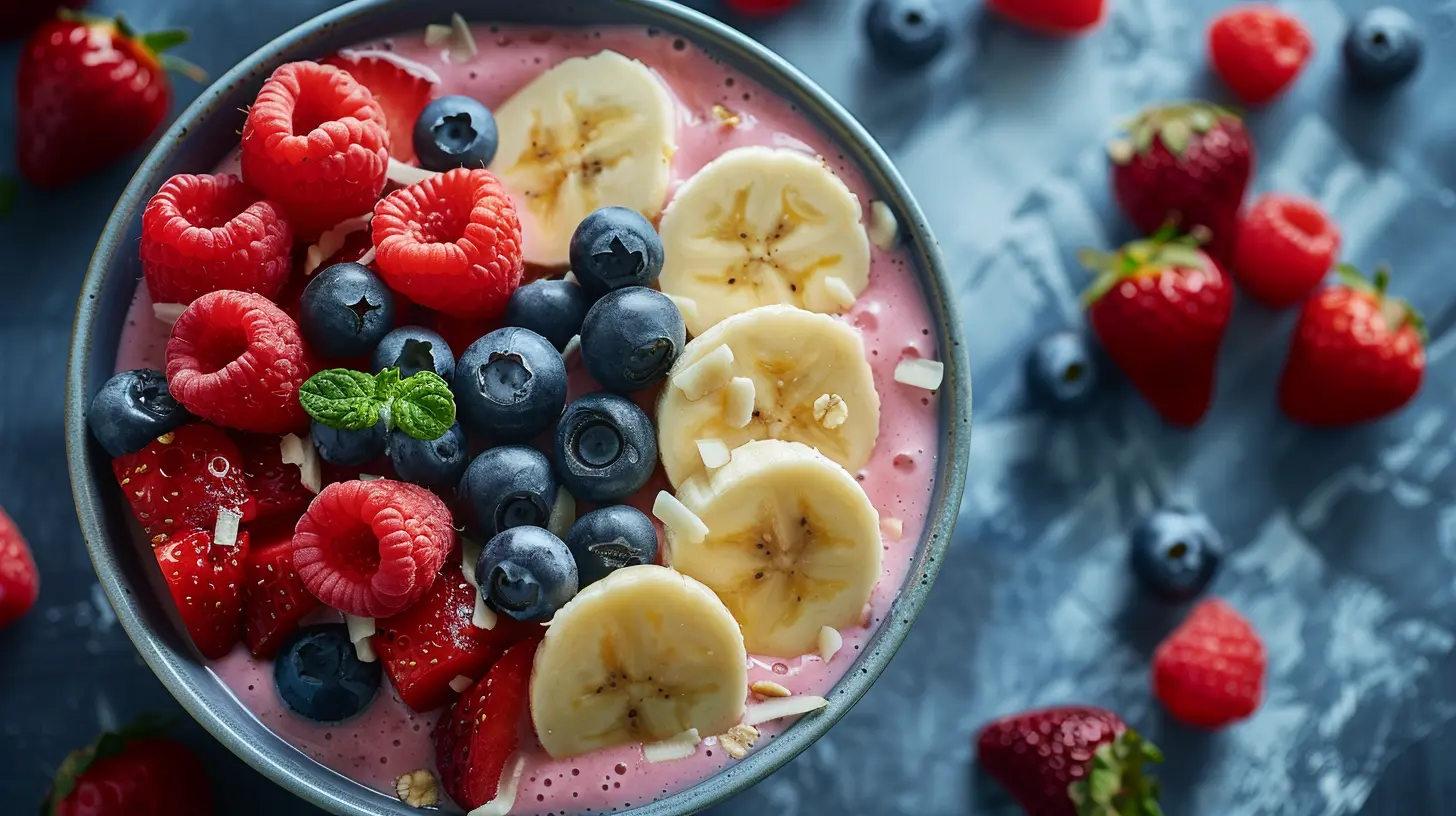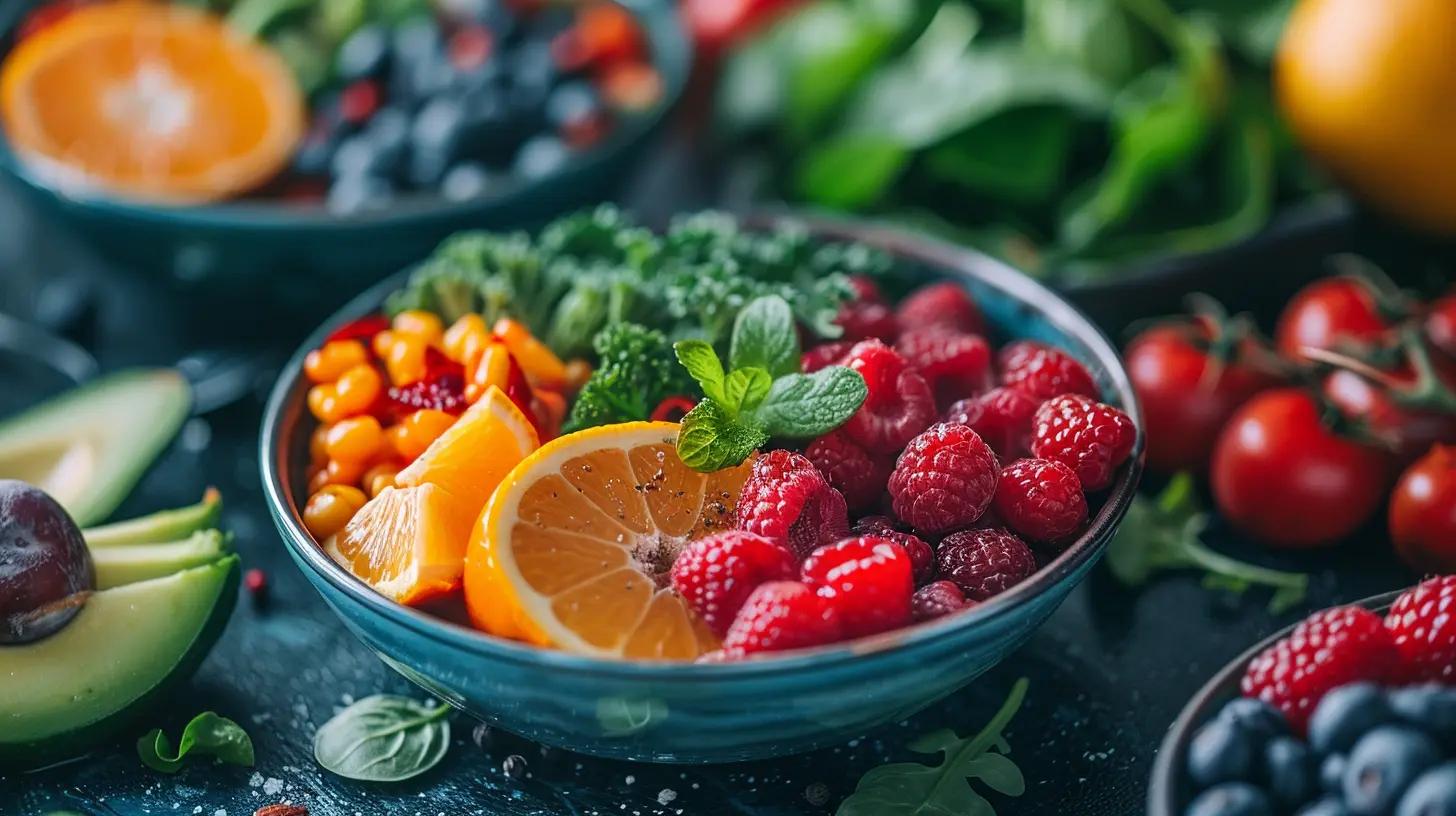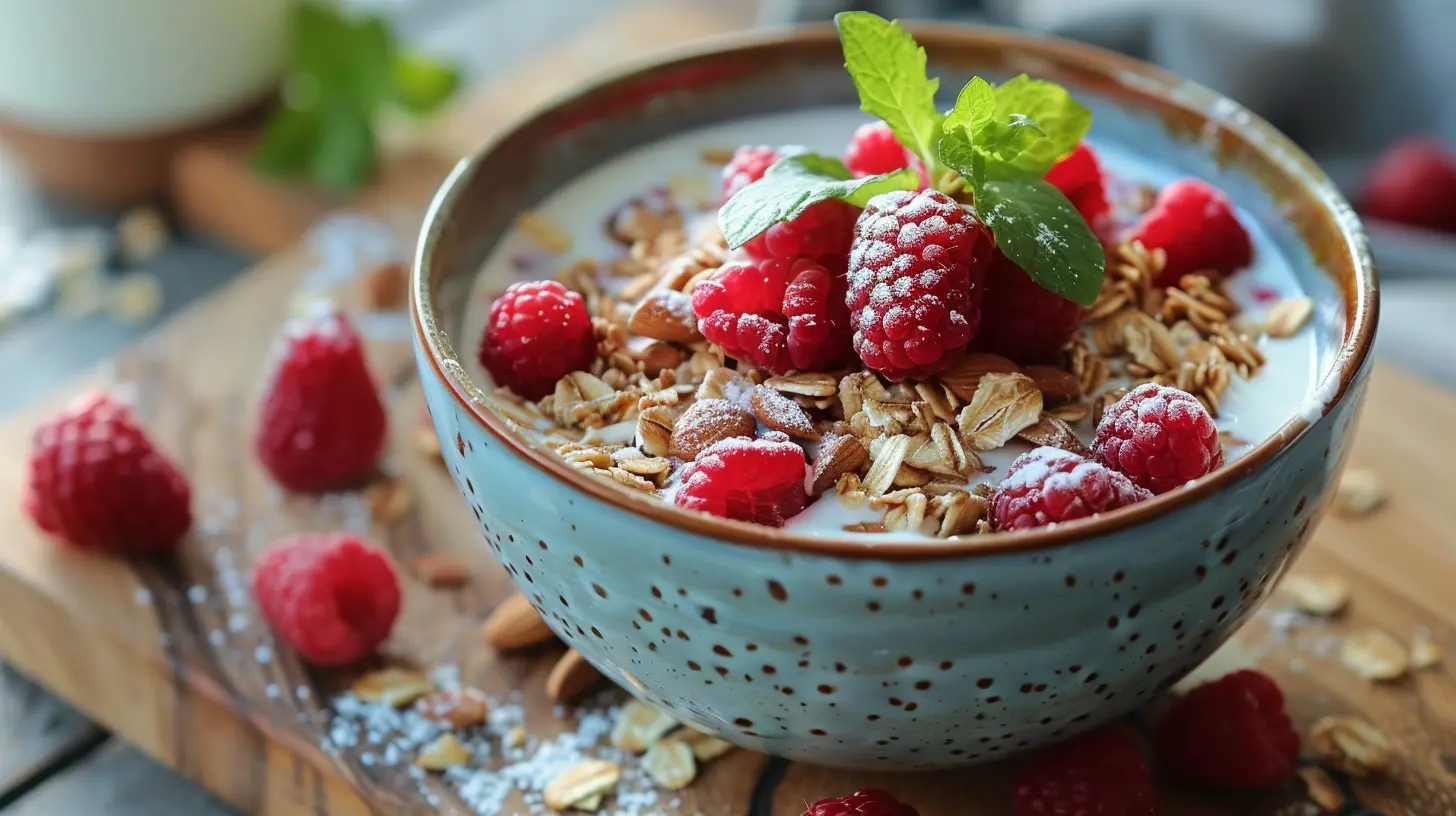Building Healthy Eating Habits from a Young Age
8 October 2025
Let’s face it—parenting is a whirlwind. Between school drop offs, late-night diaper emergencies, and those toddler tantrums in aisle five, it’s easy to grab fast food and call it a meal. But here's the thing: the habits our kids pick up now are likely the ones they'll carry into adulthood. That includes the good, the bad, and yes, the sugar-loaded.
So, how do we help our kids develop healthy eating habits that actually stick? It’s not about impossible food rules or saying goodbye to cookies forever (let’s not traumatize them!). It’s about balance, consistency, and shaping a positive relationship with food—one bite at a time.
In this guide, we're diving deep into what it really takes to nurture those lifelong habits, without the guilt and without turning your dinner table into a battleground.
Why Early Eating Habits Matter
The first years of life are like wet cement. The impressions we make now set the foundation for future behaviors—including how our kiddos approach food.It’s More Than Just Nutrition
Of course, nutrients matter (hello, brain development!). But healthy eating is also about creating emotional connections with food. Eating should bring joy and comfort, not stress and shame. By introducing healthy habits early, we’re giving kids the tools they need to make good choices later—when we’re not there to remind them to eat their veggies.The Brain-Food Connection
Did you know a child’s brain develops faster in the first five years than at any other point in life? Right—total pressure moment. But seriously, research shows that balanced diets, especially those rich in whole foods, good fats, and proteins, support cognitive, emotional, and physical development.
Be the Role Model They Didn’t Know They Needed
Kids are like sponges. They see, they copy, they repeat (often louder than necessary in public). If they see you munching on carrots while enjoying your food, they’re more likely to give it a try too.Lead by Example
Let them catch you snacking on fresh fruit or sipping water instead of soda. If you're pretending kale chips are your favorite thing ever, they might just believe it. It might not happen overnight—but they’re always watching.Share the Table, Share the Habit
Eating meals together, whenever possible, goes a long way. Family meals not only encourage conversation and connection but also model portion sizes, food selection, and mindful eating. It's a win-win-win.
Make Food Fun (Yes, Even Broccoli)
Ever tried turning food into art? Or giving veggies silly names? Kids respond best when food feels like an adventure—not a punishment.Get Creative in the Kitchen
Let your child help with age-appropriate cooking chores. They can wash veggies, stir batter, or even arrange ingredients on a plate. When they have a hand in making the meal, they’re more invested—and far more willing to sample their creations.Turn Meals Into Colorful Experiences
Kids eat with their eyes first. Mix up the colors on their plate: red bell peppers, green beans, orange sweet potatoes. The more variety, the better the nutrition—and the more engaging for tiny taste buds.
Avoid Food Battles (Seriously, Nobody Wins Those)
We all want our kids to eat healthier—but turning every plate into a power struggle usually backfires. If you’ve ever argued with a toddler over three peas, you know what I mean.Don’t Force It
Research shows that forcing kids to eat certain foods can make them dislike those foods even more. Instead, offer healthy options regularly and let your child decide what and how much to eat. You're in charge of what goes on the table—they’re in charge of what goes in their tummy.Neutralize the “Snack vs. Meal” Showdown
Snacks aren’t the enemy—but they shouldn’t replace meals either. Keep healthy snacks on hand (think yogurt, fruit slices, or nuts if age-appropriate), and avoid using snacks as bribes or rewards. Let food just be... food.Think Balance, Not Perfection
Guess what? It’s okay if your kid has cake at a birthday party. Or asks for pizza on movie night. The goal is balance, not sainthood.The 80/20 Rule Works Wonders
Aim for healthy foods 80% of the time, and allow treats the other 20%. Teaching moderation is key. If something’s totally off-limits, it becomes even more tempting. You know, like that one toy you never let them touch…Teach the Why Behind the What
Instead of just saying, “Eat your greens,” explain why. “Spinach helps your muscles grow strong like a superhero!” When kids understand the benefits, they’re more likely to buy in.Embrace Routine and Predictability
Kids thrive on routine—and that includes mealtimes. A consistent schedule helps regulate hunger cues and prevents constant grazing.Set Meal and Snack Times
Try to serve meals and snacks around the same time each day. This way, kids learn to expect food and recognize hunger and fullness cues.Limit Distractions During Meals
TV off. Toys away. Phones down (yes, even yours). Encouraging focused mealtimes helps children listen to their bodies and builds a better eating experience.Introduce New Foods Gently (and Repeatedly)
The first time you serve quinoa or eggplant, don’t expect fireworks. Kids often need to see—and taste—a food many times before they warm up to it.The 15-Try Rule
According to some experts, kids might need to try a new food up to 15 times before accepting it. So, if your child gags on brussels sprouts once, don’t give up. Bring it back in a few weeks, maybe cooked a different way. Patience is half the battle.Pair the New with the Familiar
Serving something exotic? Plate it with their comfort foods. A spoonful of lentils beside their beloved rice might do the trick.Hydration: The Forgotten Hero
Water often gets overshadowed by juices and milks—but hydration is essential to a child’s health, especially as they grow and stay active.Limit Sugary Drinks
Fruit juice might sound healthy, but many are packed with sugar. Encourage water as the go-to drink throughout the day. Let them pick a fun water bottle or add fruit slices for flavor.Make Water Accessible
Keep water within reach. Whether it’s a cup on the table or a bottle in their backpack, making water easy to grab increases the chances they’ll actually drink it.Watch Your Language Around Food
The way we talk about food matters. Labelling foods as “good” or “bad” can create long-term guilt or confusion.Focus on Feelings, Not Judgments
Instead of saying “That’s junk food,” try “That’s a sometimes food—it tastes good but doesn’t help our bodies grow strong.” Keep the emphasis on how food makes us feel and what it does for us.Avoid Using Food as a Reward
Using cookies for good behavior or taking away dessert as punishment teaches kids that food is tied to emotions. Instead, use praise, hugs, or extra playtime as rewards.Include the Whole Family
Building healthy habits doesn’t just fall on the kids—it’s a family affair. When the whole house makes better choices, it's easier (and way more fun) to keep it going.Cook Together Regularly
Make cooking an event. Assign small tasks, wear funny aprons, create a "restaurant night" at home. Bonding over food builds both skills and memories.Shop with Intention
Bring your child grocery shopping and let them help pick out fruits or veggies. Turning shopping into a scavenger hunt makes them feel involved and curious about new foods.When to Seek Professional Help
If picky eating becomes extreme, if your child is consistently underweight, or if meals cause undue stress or anxiety, it’s worth talking with a pediatrician or registered dietitian. There's no harm in asking for help—it takes a village, remember?Final Bite (Pun Totallly Intended)
Look—we’re definitely not saying every meal has to be picture-perfect, organic, and lovingly plated. That’s not real life. But with a little strategy and a lot of heart, you can help your child build a healthy relationship with food that fuels their growth—and tastes pretty darn good too.Healthy eating isn’t a sprint; it’s a lifelong marathon. Your job isn’t to create the next MasterChef Junior. It’s to introduce, encourage, and guide them—bite by bite—toward choices that nourish both body and soul.
Got your fork ready?
all images in this post were generated using AI tools
Category:
Healthy MealsAuthor:

Kelly Snow
Discussion
rate this article
1 comments
Zayden Kirkpatrick
Consistency fosters lifelong habits.
October 16, 2025 at 3:48 PM

Kelly Snow
Absolutely! Consistency is key to establishing and maintaining healthy eating habits that last a lifetime.


